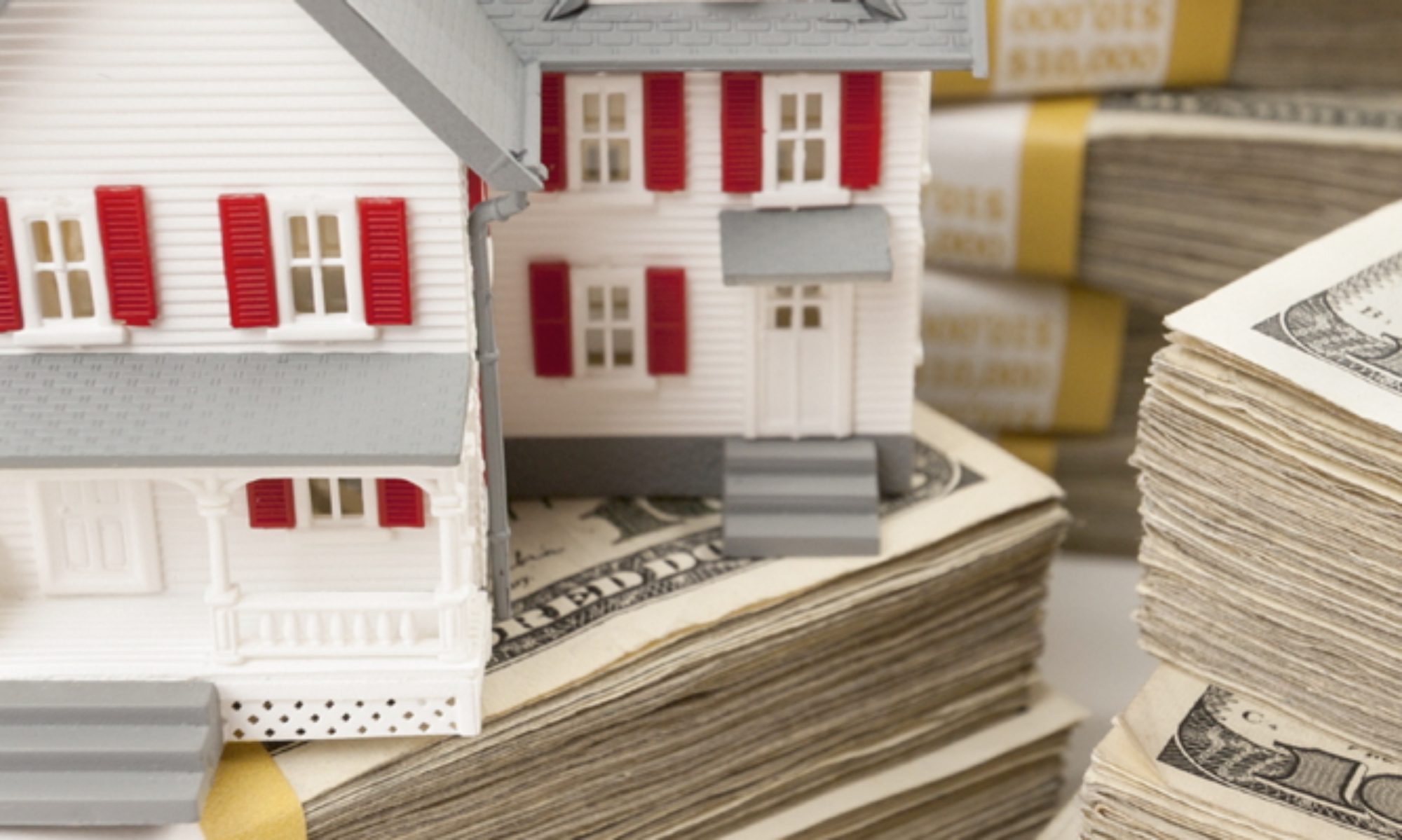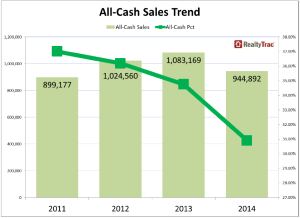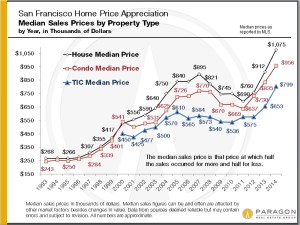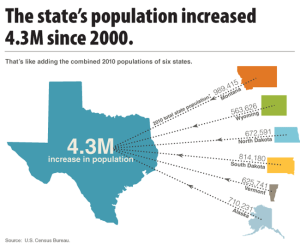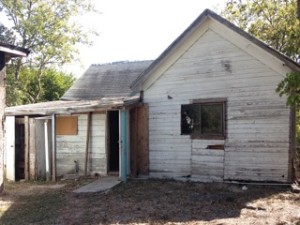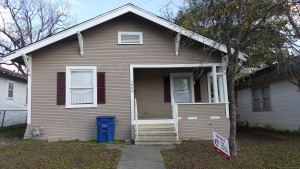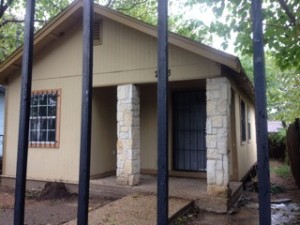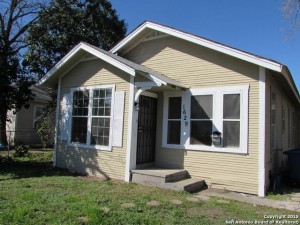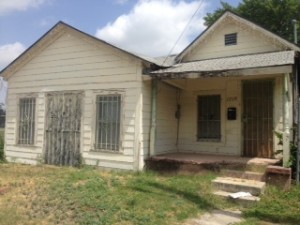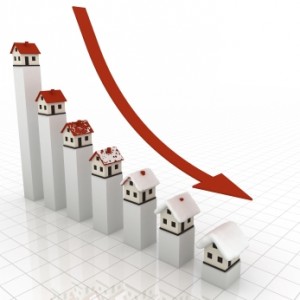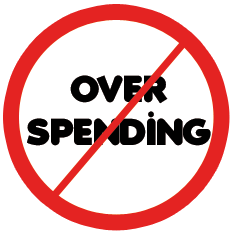As a financially retired expert in under market value investment properties in Texas (San Antonio – one of the best cities to invest in real estate), I always purchase my below market value properties for cash flow – never for appreciation. Anyone considering California investment property – take note! Appreciation is a crap shoot. Cash flow is forever.
You can retire young with appreciation, but there is some luck involved. With cash flow investment properties, you can be a master of your own destiny.
Instead, I invest for cash flow in all of my below market value properties. I make at least 11-12% ROI on each of my under market value investment properties in San Antonio, which I find one of the best cities to invest in real estate. Here’s exactly how I do it:
- I find an under market value property.
- I buy it cash for at least 20% under market value (or I move on)
- I do $25,000 or so in rehab.
- I sell it with owner financing at 10% interest, $5000 down.
That is it, my friends. That is the simple secret to investing in under market value properties and making millions. Each one of my San Antonio investment properties makes at least $500 per month in passive cash flow. If my houses appreciate, great – I may sell one or two and make $20,000. But that is rare.
Banking on Real Estate Appreciation Gets Investors Hosed
A huge mistake that many new real estate investors make when buying under market value property is that they have no passive cash flow. Their hope is that the houses will go up in value. That is pure speculation, and you only want to speculate when you can afford to speculate.
When I first buy my under market value property in San Antonio, I do about $25,000 in rehab, but I am careful to not overdo it. Over rehabbing is another landmine that many real estate investors step on. Not me. I do enough rehab to get the house sold. I research the under market value properties in the San Antonio neighborhood to get a good idea of how much rehab to do. Once I sell the house with owner financing, it is producing positive cash flow for me.
The advantage of doing owner financing instead of renting is all the repairs are on the buyer. I do not spend a penny on fixing the house after the rehab is done. Cool huh?
The Disaster of Negative Cash Flow
Many real estate investors buying for appreciation routinely low ball their monthly expenses. I’m talking vacancies, repairs, interest on loans, etc. Most new investors will not account for what they do not know, because they so much want to see positive cash flow. Remember – when you underestimate expenses, you are not thinking. You’re feeling. Don’t do that. Buy the best cash flow investment in your area, or another area.
I Never Try to Predict the Real Estate Market
Well, I do try to take a guess on where things are headed (I think we will see a booming real estate market in San Antonio for at least two more years). But I am never going to bank my income on whether or not my educated guess about the local real estate market pans out. No thanks.
It is a lot safer to invest for cash flow and never appreciation. Buying my little under market value properties in San Antonio has made me quite wealthy at a young age. So that is what I recommend most investors do – invest in the best cash flow investment you can find.
